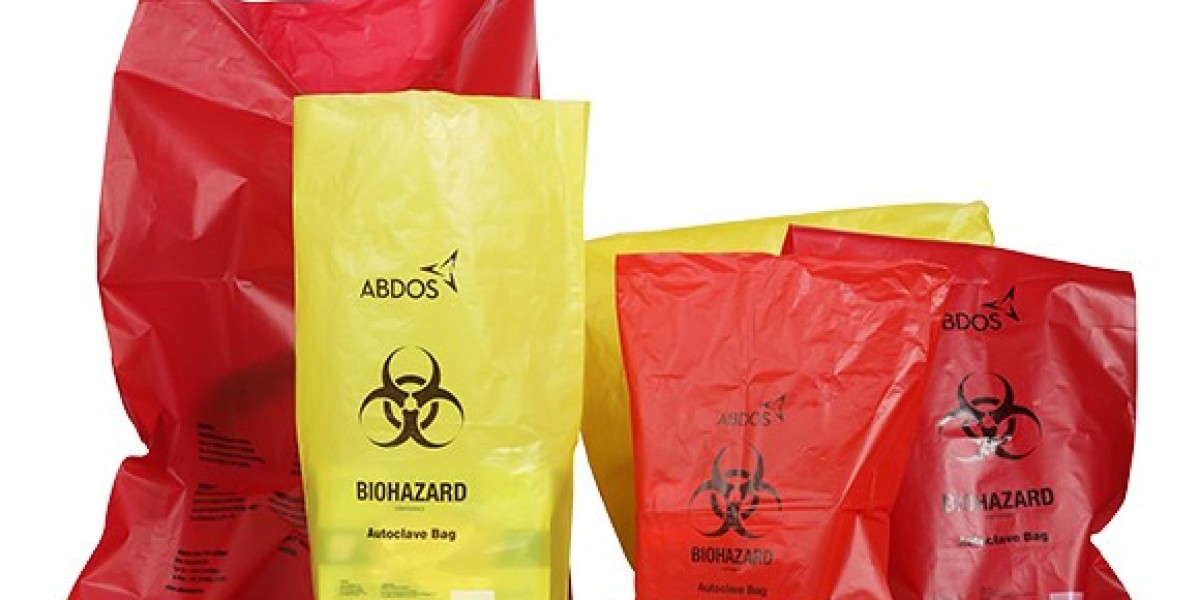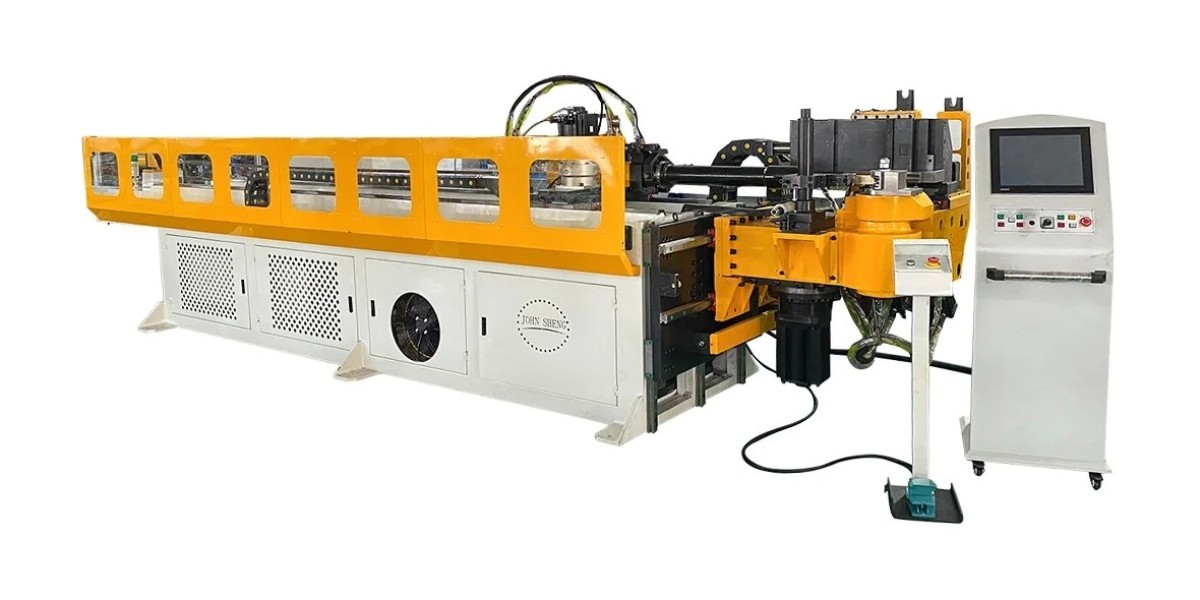In the modern world, where medical and scientific advancements touch new heights every day, the management of biomedical waste plays a crucial role in safeguarding human health and the environment. Biohazard bags, also known as Bio medical waste disposal bags, have become an indispensable part of medical facilities, laboratories, and industries dealing with hazardous substances. These bags ensure that infectious and potentially harmful waste is collected, transported, and disposed of in a safe and efficient manner.
The Importance of Biohazard Bags
Biohazard bags are specifically designed to collect and dispose of biomedical waste safely. Biomedical waste includes medical instruments, contaminated materials, lab waste, pathological waste, and other infectious materials. If not managed properly, this waste can lead to severe health hazards and environmental damage.
These bags are made using high-density polyethylene (HDPE) or low-density polyethylene (LDPE) to ensure durability, leak resistance, and safety during handling. Their use is essential in hospitals, laboratories, research centers, and even veterinary clinics.
Types of Biohazard Bags
Autoclavable Bags
Autoclavable biohazard bags are designed to endure high temperatures, making them suitable for sterilization in autoclaves. These are commonly used in laboratories to safely sterilize and dispose of contaminated items.Red Biohazard Bags
Red biohazard bags are specifically used for disposing of infectious waste, including blood-soaked materials and sharp instruments. They are a standard feature in hospitals and healthcare facilities.Yellow Biomedical Waste Bags
Yellow bags are used for collecting chemical waste, human anatomical waste, and other potentially hazardous materials. These bags comply with color-coded waste segregation standards.Black Bags
Black biohazard bags are typically used for non-infectious waste such as food packaging and general garbage in medical facilities.
Key Features to Look for in Biohazard Bags
When selecting biohazard bags, it is important to consider their features to ensure safety and compliance:
- Strength and Durability: The bags must resist punctures and tears.
- Color Coding: Proper color codes help in waste segregation and prevent misuse.
- Leak Resistance: Ensures liquids do not seep out, preventing contamination.
- Clear Labeling: Bags should display biohazard symbols and proper disposal instructions.
The Role of Manufacturers in Gujarat
Gujarat has emerged as a hub for high-quality biohazard bag manufacturing, meeting both domestic and international demands. The states manufacturers ensure compliance with strict environmental and medical waste handling standards. Their focus on innovation, durability, and cost-effectiveness has made Gujarat a prominent name in the industry.
Many biohazard bags manufacturers in Gujarat are committed to producing eco-friendly options. This involves using recyclable materials and reducing the carbon footprint associated with production. These efforts align with global sustainability goals and address the growing concerns about plastic waste.
Biomedical Waste Bags Exporters in India: Meeting Global Needs
Indias role as a leading exporter of biomedical waste disposal bags cannot be overlooked. Biomedical waste collection bags exporters in India supply these critical products to various countries, catering to healthcare systems that require stringent waste management solutions.
Exporters ensure that the bags meet international standards such as ISO certifications and United Nations guidelines for waste disposal. With rising awareness of the importance of waste management, Indian exporters have witnessed a surge in demand from regions like the Middle East, Africa, and Southeast Asia.
Challenges in Biomedical Waste Management
Despite the availability of high-quality biohazard bags, effective waste management faces several challenges:
- Lack of Awareness: Many healthcare workers are unaware of proper waste segregation practices.
- Compliance Issues: Facilities often fail to adhere to biomedical waste management rules, leading to environmental harm.
- Resource Constraints: Rural healthcare facilities may lack access to proper waste disposal bags or systems.
Best Practices for Using Biohazard Bags
Follow Color Codes
Always use the correct color-coded bag for specific types of waste to avoid contamination.Do Not Overfill Bags
Overfilled bags increase the risk of leakage or tears. Ensure bags are only filled to the recommended limit.Label Bags Properly
Mark the bags with appropriate symbols and instructions to ensure safe handling.Dispose of Waste Timely
Biomedical waste should not be stored for extended periods. Arrange for its disposal at regular intervals.
Future Trends in Biohazard Bag Manufacturing
The industry is rapidly evolving with a focus on sustainable and innovative solutions:
- Biodegradable Bags: Manufacturers are exploring biodegradable materials to reduce environmental impact.
- Smart Labels: Technology-driven solutions like QR codes on bags can provide real-time tracking and waste management data.
- Customization: Exporters are offering customizable sizes, thicknesses, and features to cater to diverse needs.
Conclusion
Biohazard bags are much more than simple containers; they are a vital component of an effective biomedical waste management system. Their proper use ensures the safety of healthcare workers, patients, and the general public, while also protecting the environment from contamination.
With advancements in manufacturing and the growing expertise of Biohazard bags manufacturers in Gujarat and biomedical waste collection bags exporters in India, the industry is poised to make waste management safer and more sustainable than ever before.
Let us remember that safety always comes first, and investing in the right biohazard bags is a small step toward a cleaner, safer world.
Frequently Asked Questions (FAQs)
Q1. What are biohazard bags made of, and why is material important?
Biohazard bags are typically made of high-density polyethylene (HDPE) or low-density polyethylene (LDPE). The material is important because it ensures durability, leak resistance, and safe handling of hazardous waste, preventing contamination or exposure to harmful substances.
Q2. How do I choose the right biohazard bag for my facility?
Choose a biohazard bag based on the type of waste generated. Follow the color-coding guidelines: red bags for infectious waste, yellow for chemical and anatomical waste, and black for non-infectious waste. Ensure the bags are strong, leak-proof, and compliant with local waste management regulations.
Q3. Are there eco-friendly options available for biohazard bags?
Yes, many manufacturers now offer eco-friendly biohazard bags made from recyclable or biodegradable materials. These options are designed to minimize environmental impact while maintaining the required safety and durability standards.








